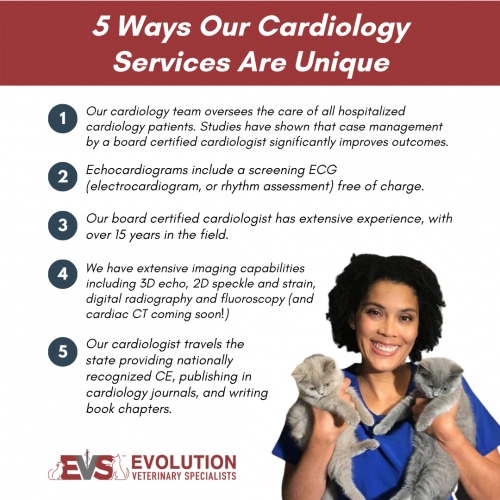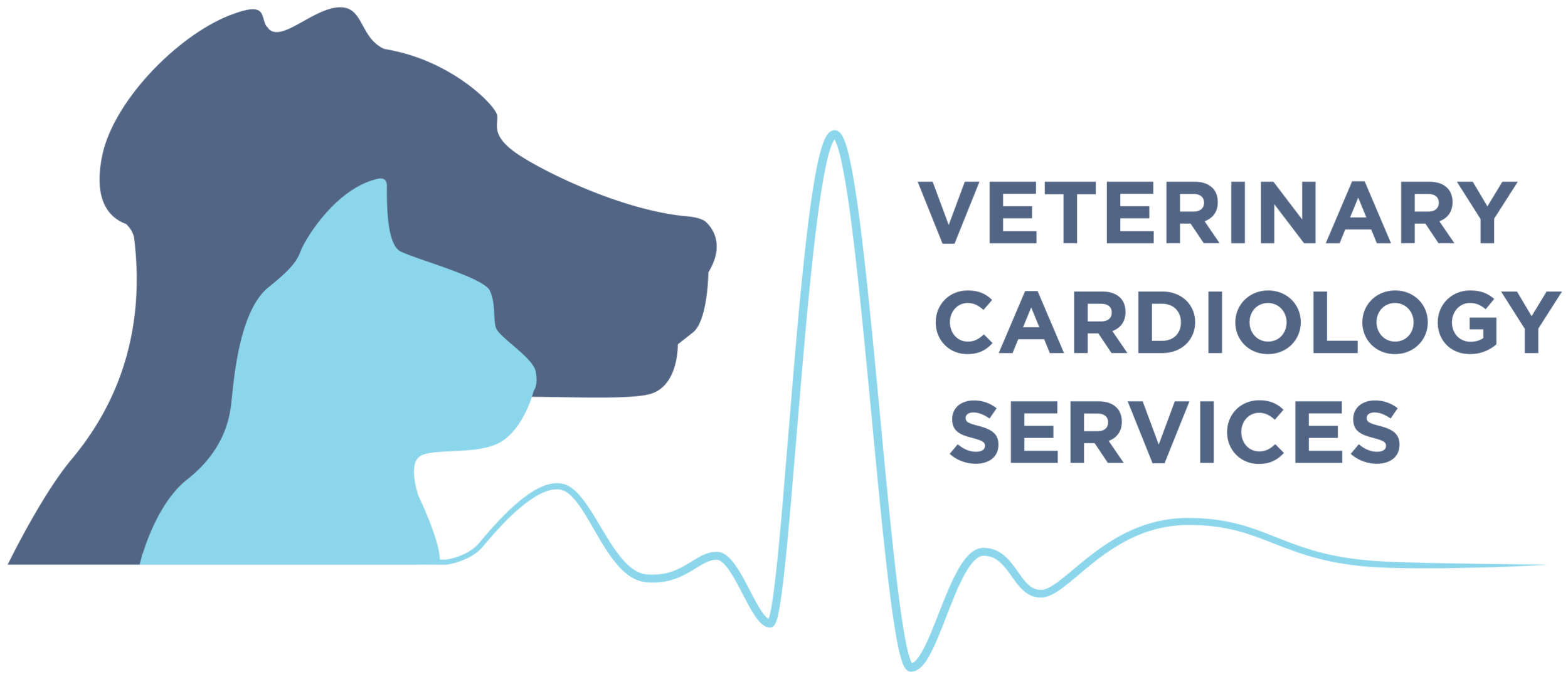The Function of Ultrasound and CT Check in Modern Vet Practices: Insights From Experienced Professionals
In modern vet methods, ultrasound and CT scans significantly enhance analysis capacities. These imaging methods supply essential understandings into animal health and wellness, leading therapy choices. Experienced professionals acknowledge the unique advantages of each technique. Ultrasound uses real-time analyses, while CT scans deliver elaborate physiological details. Understanding their applications and functions raises important concerns regarding their influence on client outcomes and the future of vet diagnostics. What understandings can be gotten from their combined use?
Recognizing Ultrasound in Veterinary Medicine
Ultrasound is a vital diagnostic device in vet medication, using a non-invasive method to envision inner structures. This imaging method utilizes high-frequency acoustic waves to develop real-time pictures of organs and tissues, allowing vets to analyze problems without medical intervention. Usual applications consist of reviewing the heart, liver, kidneys, and reproductive body organs, in addition to keeping an eye on pregnancies.The procedure is fairly quick and can be performed in various settings, making it an easily accessible option for vets. Unlike radiography, ultrasound provides detailed information about soft cells and blood circulation, which is important for accurate diagnoses.Veterinary specialists depend on ultrasound to discover irregularities such as growths, cysts, and fluid buildup. Its capacity to assist biopsies and various other procedures even more boosts its utility in professional technique. By offering a safe and effective way to check out interior composition, ultrasound has actually ended up being a foundation of modern vet diagnostics.
The Benefits of CT Scans for Pet Diagnostics
CT scans deal significant advantages in vet diagnostics by providing enhanced precision in recognizing interior problems (Ultrasound For Dogs). As a non-invasive imaging method, they ensure the safety and convenience of pets during examinations. Additionally, CT scans facilitate a thorough assessment of internal structures, permitting extra effective treatment planning
Boosted Analysis Precision
Innovations in imaging innovation have greatly enhanced diagnostic precision in vet medication, particularly through using CT scans. These scans offer thorough cross-sectional photos of a pet's inner frameworks, enabling veterinarians to recognize abnormalities with accuracy. The high resolution and three-dimensional abilities of CT imaging assist in the discovery of conditions such as tumors, cracks, and interior bleeding that may be missed out on with conventional imaging methods. Additionally, CT scans can help in pre-surgical preparation by supplying a complete sight of anatomical connections. This degree of information not just boosts the accuracy of medical diagnoses yet likewise help in customizing effective therapy strategies. As a result, the integration of CT technology right into vet techniques is transforming the landscape of animal medical care, enhancing results for clients.
Non-Invasive Imaging Strategy
The intro of non-invasive imaging techniques has revolutionized pet diagnostics, with CT scans emerging as a noticeable tool in veterinary methods. These scans give high-resolution, cross-sectional images of an animal's interior frameworks, enabling vets to assess intricate conditions without the need for intrusive treatments. The advantages of CT scans include their capacity to detect lumps, fractures, and interior bleeding with remarkable precision. Furthermore, they assist in the examination of soft cells and body organs, enhancing diagnostic capabilities. The speed of CT scanning allows fast decision-making, which is crucial in emergency situations. By decreasing stress and anxiety and pain for the animal, CT scans add to an extra humane method to diagnostics, eventually enhancing treatment end results and advancing veterinary treatment.
Comprehensive Internal Analysis
A thorough inner analysis is important for accurate diagnosis and efficient therapy in vet medicine. CT checks offer considerable benefits in this regard, giving comprehensive cross-sectional pictures of a pet's internal frameworks. This innovative imaging modality boosts visualization of complicated anatomical regions, making it possible for veterinarians to recognize problems such as growths, cracks, and inner bleeding with higher accuracy. Furthermore, CT checks assist in the assessment of problems that might be testing to diagnose via traditional techniques. The rate and precision of CT imaging likewise contribute to timely interventions, enhancing person outcomes. As vet practices significantly incorporate CT modern technology, the benefits of considerable interior analyses become obvious, reinforcing the relevance of this tool in modern-day vet diagnostics.
Contrasting Ultrasound and CT Imaging Techniques
While both ultrasound and CT imaging serve crucial functions in veterinary diagnostics, each strategy uses unique benefits and restrictions that can affect clinical decision-making. Ultrasound is especially valued for its real-time imaging capabilities, enabling veterinarians to observe vibrant physical processes. This technique is non-invasive, mobile, and does not include ionizing radiation, making it a much safer choice for both animals and clinicians. However, ultrasound might have restrictions in envisioning specific anatomical structures or deep tissues.Conversely, CT imaging gives in-depth cross-sectional views of the body, permitting exact localization of problems. It excels in assessing complex organs and frameworks, especially in the thorax and abdomen. However, CT scans need sedation or anesthesia in a lot of cases and involve direct exposure to ionizing radiation. Ultimately, the selection between ultrasound and CT depends upon the specific professional situation, the area of rate of interest, and the necessity of the analysis demands.
Situation Studies: Successful Diagnoses Via Imaging
Study highlight the substantial renovations in analysis accuracy attained via advanced imaging modern technologies like ultrasound and CT scans in vet techniques. These developments not just improve the discovery of various conditions but likewise facilitate prompt and reliable treatment strategies. Examining specific instances can highlight the transformative effect of these imaging techniques on vet medication.
Analysis Precision Improvements

Imaging Technology Advancements
As veterinary imaging technology proceeds to progress, its influence on analysis capacities ends up being increasingly noticeable. Recent situation researches highlight the successful application of innovative ultrasound and CT scan methods in determining complicated problems. A vet center used high-resolution CT scans to identify an uncommon kind of lung cancer in a dog, which conventional imaging had actually missed out on. An ultrasound evaluation disclosed a stomach mass in a pet cat, prompting prompt medical treatment and a positive end result. These advancements not just boost diagnostic accuracy but likewise make it possible for veterinarians to devise targeted therapy strategies. By leveraging advanced imaging innovations, vet experts are significantly enhancing client treatment, leading to extra effective administration of different wellness problems in pets.
The Function of Imaging in Emergency Situation Vet Treatment
Imaging plays a crucial duty in emergency vet care, offering veterinarians with vital information required to make rapid, enlightened choices. In immediate circumstances, strategies like ultrasound and CT scans make it possible for experts to swiftly evaluate a pet dog's internal structures, determining vital problems such as interior bleeding, fractures, or organ problems. These imaging techniques enable real-time evaluations, promoting prompt interventions that can be life-saving. Ultrasound is indispensable for evaluating soft tissue injuries and problems like fluid buildup, while CT scans offer thorough photos of complex physiological structures, crucial for detecting trauma instances. The speed and precision of these imaging strategies improve the veterinarian's capacity to devise effective therapy strategies, guaranteeing the very best feasible outcomes for their clients. Consequently, the combination of sophisticated imaging innovations into emergency vet practices is not just helpful her latest blog yet progressively required, as it enhances diagnostic capacities and enhances general pet care during defining moments.
Training and Expertise in Veterinary Imaging
Although innovative imaging techniques such as ultrasound and CT scans are essential for effective veterinary treatment, the successful execution of these modern technologies greatly depends upon the training and know-how of vet experts. Skilled usage of imaging devices calls for extensive understanding of anatomy, pathology, and the concepts underlying each modality. Veterinary experts have to go through specific training to precisely translate imaging outcomes, which is vital for diagnosing problems and planning treatment.Certifications and continuing education in veterinary imaging boost the skills of practitioners, enabling them to remain updated with technological improvements. Cooperation between radiologists and vets typically brings about enhanced analysis precision, as experts can supply understandings right into complex situations. Furthermore, sensible experience in dealing with imaging tools fosters self-confidence in its application. Eventually, the high quality of veterinary imaging solutions is straight correlated to the degree of training and expertise had by the experts utilizing these crucial analysis devices.
Future Fads in Diagnostic Imaging for Animals
With the rapid improvements in modern technology, vet analysis imaging is poised for substantial development in the coming years. Arising fads suggest a shift in the direction of even more mobile and accessible imaging techniques, such as portable ultrasound devices, which can boost area diagnostics. Furthermore, the integration of man-made knowledge is expected to reinvent picture evaluation, permitting quicker and much more exact analyses of results.Moreover, developments in 3D imaging strategies and calculated tomography will provide vets with more complete sights of animal composition, bring about better therapy strategies. Virtual fact innovation may likewise contribute in medical planning and education, providing veterinarians an unique point of view on intricate cases.As telemedicine remains to grow, remote assessments assisted in by analysis imaging will end up being more typical, enabling specialists to help basic experts in real-time. Generally, these trends are readied to enhance the effectiveness and performance of veterinary care, inevitably improving pet end results.
Often Asked Concerns
Just How Much Do Ultrasound and CT Checks Expense in Vet Centers?
The prices of ultrasound and CT scans in vet centers usually range from $300 to $1,500, relying on factors such as location, clinic kind, and specific treatments required for the animal's medical diagnosis and therapy.

Are There Any Type Of Risks Connected With Ultrasound and CT Checks for Family Pets?
Ultrasound and CT scans generally posture minimal dangers to animals. Nevertheless, possible problems include sedation responses and direct exposure to anesthetics. Board Certified Veterinary Cardiologist. check these guys out Vets very carefully analyze each instance to reduce any threats linked with these analysis procedures
For How Long Do Ultrasound and CT Treatments Commonly Take?
Ultrasound treatments normally take about 30 mins to an hour, depending upon the intricacy. CT scans, being more thorough, typically need thirty minutes to 90 minutes, consisting of prep work and recovery time for the pet.
Can All Veterinarians Perform Ultrasounds and CT Scans?
Not all veterinarians can do ultrasounds and CT scans. Specialized training and accreditation are usually needed to guarantee expertise in these sophisticated imaging strategies, which might limit their schedule to vets with extra credentials and resources.
What Sorts Of Animals Benefit The Majority Of From These Imaging Techniques?
Specific pet species, specifically canines and pet cats, benefit significantly from ultrasound and CT scans. These imaging techniques improve analysis accuracy for conditions like tumors, internal injuries, and organ abnormalities, causing better treatment results and patient care. The high resolution and three-dimensional capacities of CT imaging assist in the detection of conditions such as lumps, fractures, and inner blood loss that might be missed with standard imaging methods. Case researches illustrate the substantial enhancements in diagnostic accuracy accomplished via innovative imaging innovations like ultrasound and CT scans in vet methods. Improving diagnostic precision in veterinary methods has been substantially assisted by improvements in imaging modern technologies such as ultrasound and CT scans. Advanced imaging techniques such as ultrasound and CT scans are necessary for effective veterinary treatment, the successful application of these informative post modern technologies heavily depends on the training and experience of vet professionals. Veterinary experts have to undergo specialized training to accurately translate imaging results, which is vital for diagnosing conditions and intending treatment.Certifications and proceeding education in vet imaging improve the skills of professionals, allowing them to remain upgraded with technical improvements.